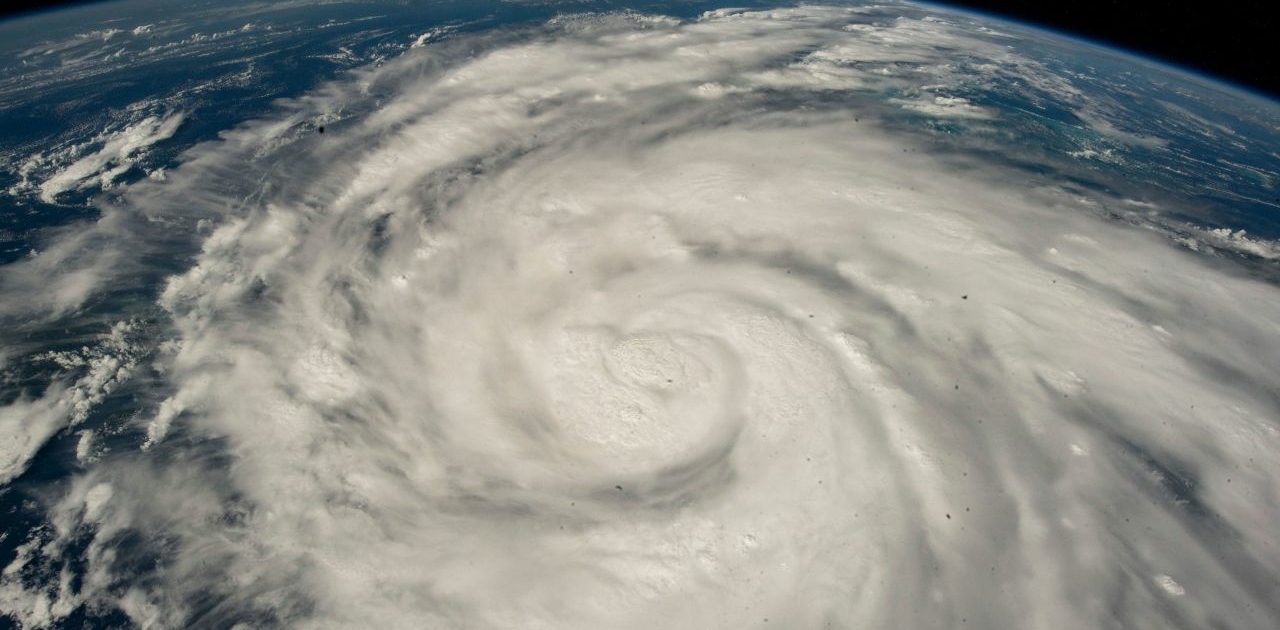Home > Geotopics > What impacts do tropical cyclones have on people and the environment?
What impacts do tropical cyclones have on people and the environment?
Tropical cyclones are formidable weather events that can result in significant loss of life and extensive damage. While a tropical cyclone is a major hazard, it also brings about several specific physical hazards that contribute to its destructive power.
High Winds
- Description: Tropical cyclones produce winds exceeding 119 km/h and can reach up to 250 km/h or more.
- Impacts: The intense winds can uproot trees, damage infrastructure such as power lines, and severely damage or destroy buildings, especially those that are poorly constructed. Wind-blown debris poses a danger to people and buildings, causing injuries, fatalities, and structural damage.
Intense Rainfall
- Description: As tropical cyclones traverse the ocean, they absorb significant amounts of water, leading to heavy rainfall upon landfall.
- Impacts: The torrential rain can lead to flooding, property damage, and injuries. Rapidly moving floodwaters can sweep people away, even if the water is shallow. Forecasters predict rainfall amounts based on the storm’s speed over the ocean.
Storm Surges
- Description: A tropical cyclone generates a large area of low pressure, which raises sea levels. Combined with the storm’s high winds, this results in a powerful surge of water being driven towards the coast.
- Impacts: Storm surges can erode beaches and coastal habitats, damage coastal defences, and inundate inland areas, contaminating farmland and freshwater sources such as lakes.
Coastal Flooding
- Description: The combination of intense rainfall and storm surges places coastal regions at high risk of flooding.
- Impacts: Coastal flooding endangers lives, property, and can severely impact local industries such as farming and tourism. The influx of saltwater can also cause significant environmental damage.
Landslides
- Description: Heavy rainfall affects both highland and coastal areas, rapidly saturating the soil.
- Impacts: Saturated soil becomes heavy and unstable, especially on steep slopes, leading to landslides. The underlying geology is crucial; for example, impermeable rock can allow wet soil and rocks above to slide easily downhill. Landslides can devastate settlements at the base of slopes and cause river flooding if they block river channels.
Conclusion
All of these hazards—high winds, intense rainfall, storm surges, coastal flooding, and landslides—pose serious risks to people, property, and the environment. However, wind speed is the most reliable indicator of the potential damage a tropical cyclone can cause. Understanding these impacts is crucial for preparing and mitigating the effects of these powerful storms.
Related Topics
Use the images below to explore related GeoTopics.



